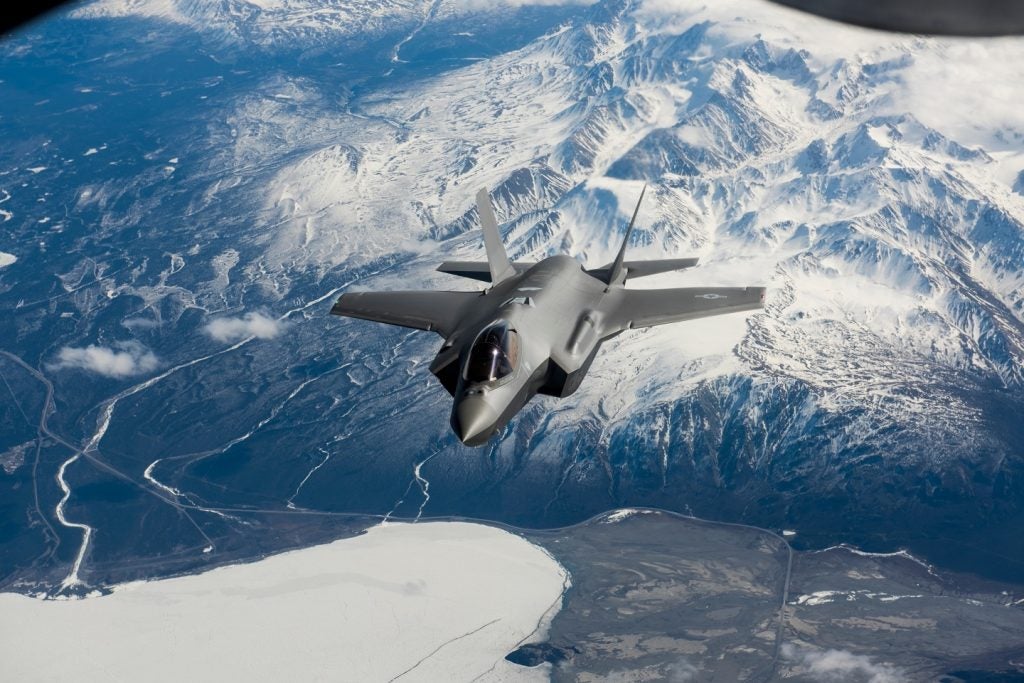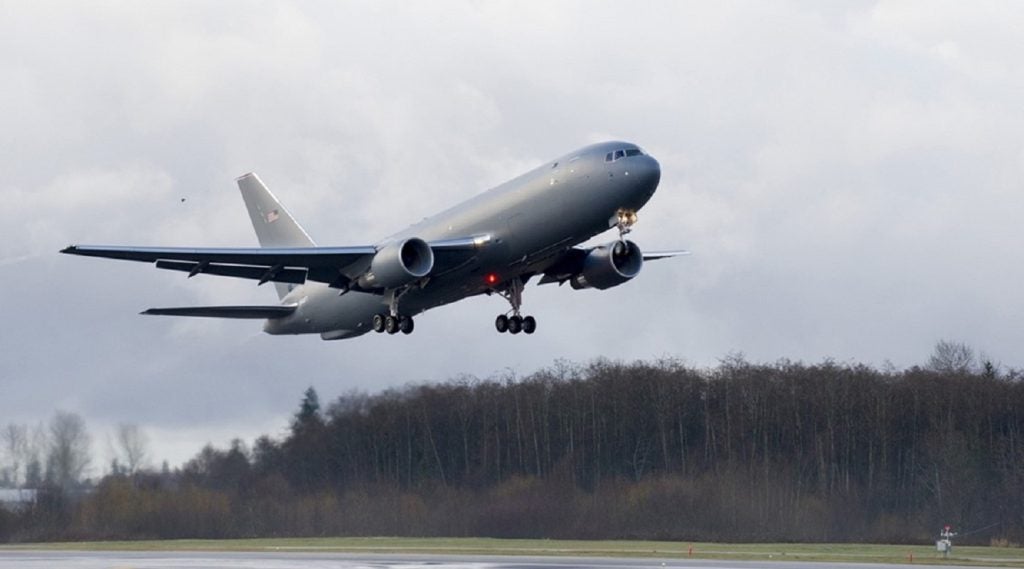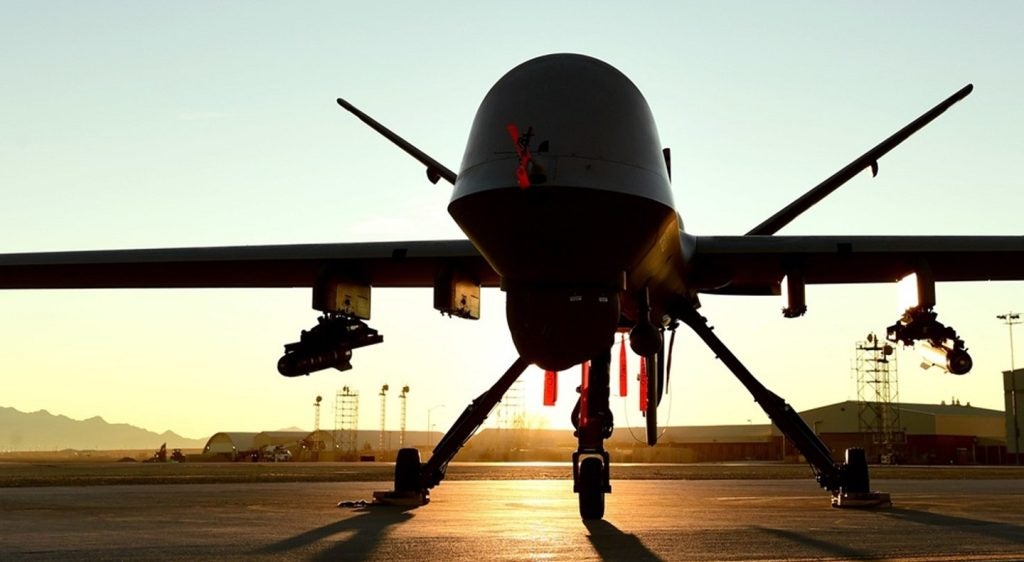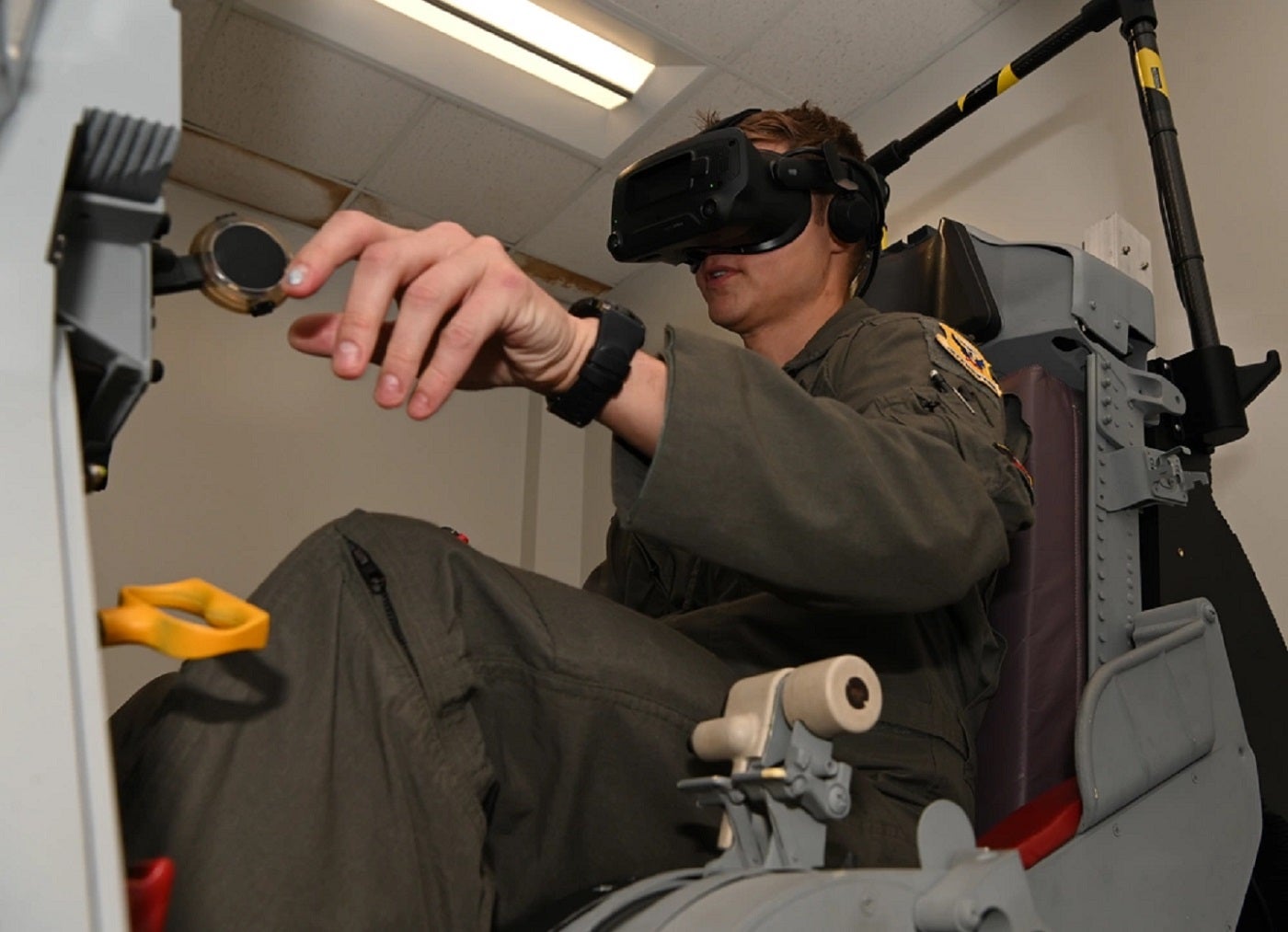
The US Government Accountability Office (GAO) has investigated the “limited oversight” the US Air Force (USAF) had over the development of its pilot training.
To train its pilots, the USAF uses the 60-year-old T-38 Talon twin-jet trainer aircraft even as new designs evolve. A new system for modern training jets and simulators is in development, but this is nearly a decade behind initial plans.
The GAO has made two recommendations to the USAF. First, the service must conduct a risk assessment that incorporates risks of overlapping development, testing, and production phases. Second, the USAF should be clear under what conditions it would accept production work completed prior to contract delivery.
The US Department of Defense (DoD) agreed with the GAO’s recommendations.
USAF simulation behind schedule
Since 2011, the USAF has been developing a trainer jet and flight simulator package, known as the Advanced Pilot Trainer (APT), to replace the T-38.
In late 2016, the contractor completed two prototype aircraft. The USAF signed a contract in September 2018 for the development of the new jets.
How well do you really know your competitors?
Access the most comprehensive Company Profiles on the market, powered by GlobalData. Save hours of research. Gain competitive edge.

Thank you!
Your download email will arrive shortly
Not ready to buy yet? Download a free sample
We are confident about the unique quality of our Company Profiles. However, we want you to make the most beneficial decision for your business, so we offer a free sample that you can download by submitting the below form
By GlobalDataThe USAF has yet to resolve significant issues with the APT, including its escape system and other components critical to achieving requirements.
For example, the escape system—including the canopy fracturing system—does not yet meet safety standards. Therefore, the Air Force will not yet allow pilots to fly the test aircraft. Officials said the Air Force can resolve all of these issues, but it will likely take several years.
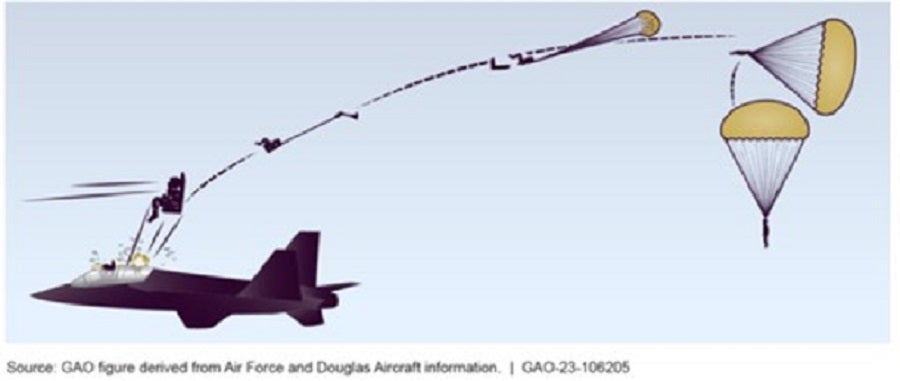
New schedule, new problems
The APT is nearly a decade behind its initial estimate. In January 2023, the contractor developed a new schedule to reflect recent delays. However, according to the programme’s officials, the new schedule is too optimistic. It relies on favourable outcomes not supported by past performance.
The USAF’s schedule led to the overlap between programme phases.
This magnifies the cost and schedule impact of potential issues. Delays lead to reliance on the T-38 trainer, which is more costly than a simulation and an inadequate represenation of modern aircraft.
The USAF currently includes the most sophisticated and complex aircraft and weapon systems in the world. Namely, the F-35 Lightning II fighter jet, which is part of a programme under constant evolution.
Delays have also affected contractor decisions when it came to manufacturing, with implications for the USAF’s quality assurance.
Given development delays, the USAF has not yet ordered aircraft beyond five initial test aircraft. However, the contractor began producing parts in March 2022 and intends to begin assembling aircraft in early 2024.
With limited oversight of production prior to ordering aircraft, the USAF does not have a plan for determining under what conditions it would accept production work completed prior to contract delivery.


